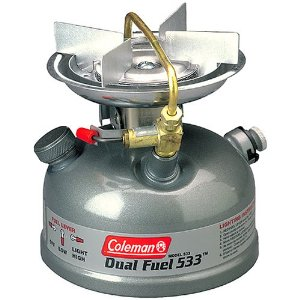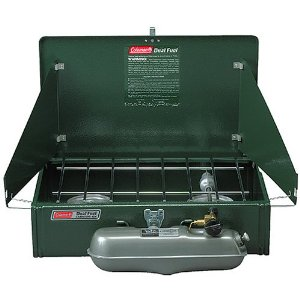Storm Survival - Food and Water
Here it Comes
You've got a storm bearing down on you. The news channels are making it sound like immanent death and destruction. They could be right; then again, it might just be a way to bring viewers/listeners to the program.
Some of the people are saying that it is all hype. Some say don't believe that; it's dangerous. The fact is no one will know how bad the storm is until it hits. Does that mean you should wait until then to do something constructive? Of course not!
It doesn't matter what everyone is saying. The biggest danger anyone faces is in not being properly prepared. This article covers the things you can do regarding food and water to protect yourself and weather the storm no matter how bad it is. Follow these directions and you should have potable water and food for seven days.
What I'll recommend is probably going to be overkill, but you'll be very happy if the worst happens and this advice gets you through until gas, electric, and water service are restored.
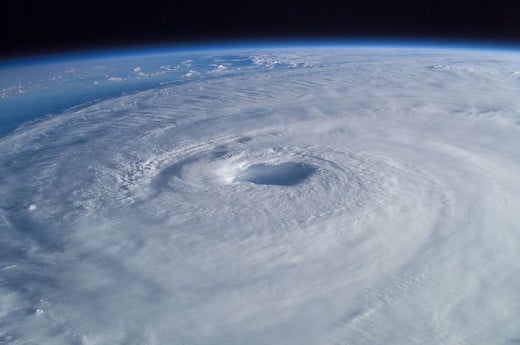
The Biggest Problem
The main concern isn't really something you think about. You flip a switch, hit the remote, link to the Internet and never think about where that power comes from. Chances are that this is a very essential element in your life and during a storm you are very likely to lose it.
What are you going to do when the oven, lights, air-conditioning, and refrigerator all stop working? Worse, most water resource agencies rely on electrical power to move water from the reservoirs to your home. Even if that is not the case a storm surge can make the potable water you are so used to having access to undrinkable.
So your first step toward comfortable survival should be to mitigate the loss of those things. And yes, you should plan for the worst and hope for the best.
You will need enough food and water to last seven or more days. You can replace the lost power with Coleman style stoves and lamps, but these aren't really necessities if you follow the advice in this article.
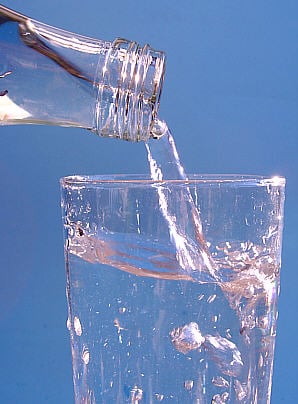
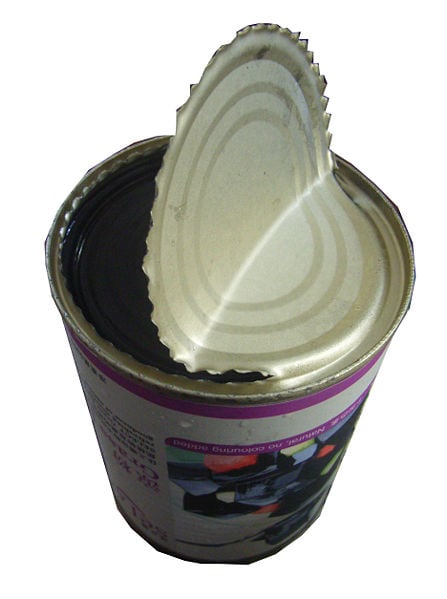


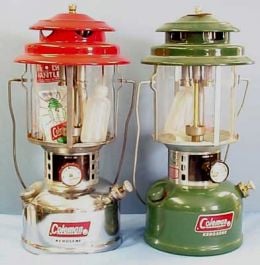
How to Prepare
You've Lost Power; Now What?
It's too late to do anything once power is lost. And if you have no electric you've likely lost natural gas, sewage, and water as well. It's very hard to live without all of these things especially if you are barricaded inside your home waiting for the storm to pass. So the best thing you can do, given some days notice, is to acquire all these things before you need them.
Water Preparation
First, store as many gallons of water per person as you are likely to need. Try to determine the number of days you might be without essentials and buy that many gallons of water. If you are preparing for a week that's seven gallons of water, a gallon a day, for each person you are preparing for. A family of two is fourteen gallons and so on. The math is pretty simple and chances are you won't actually need a gallon a day, but it's better to be prepared.
Freeze Some of the Water
Get gallon sized containers put four filled with water and put them in the freezer in preparation for the storm. Make sure you have at least an inch and a half of air at the top of each bottle or jug. The water will expand as it freezes and you need some "head room" at the top of each container for that expansion.
There's a good reason for freezing your water. If you lose power your refrigerator will not keep food cold and the food will begin to spoil after three or four days. If you have frozen water in your freezer you can transfer that frozen water to the refrigerator section, This will help make your refrigerated food last longer. The fridge will maintain the right temperature ranges until the frozen water thaws completely.
Once the frozen water has melted you'll want to do something else with that food, but until then it will keep. Figure on about three or four days without power, if you limit your trips to the fridge.
The rest of the water can be kept at room temperature. This is water you need for drinking and cooking.
Fill the Tub
Plan on filing the tub. You may not actually use this water to drink, but once the power is out you may not be able to get fresh water any other way. This water can be used for cleaning, just don't clean in the tub, and in a pinch can be boiled clean for drinking. Should you lose power and water pressure a bucket of this water can also be dumped down the toilet to get the flushing action.
The toilet tank, not the bowl, is also a good source of clean water. There are only a few gallons there, but it can certainly be used for cleaning though I would not recommend drinking it.
Canned Food
Food in sealed cans can last for years if not decades. Canned food is also typically cheaper than the fresh version you'd find on the produce aisle or at the meat counter.
It has also been cooked as part of the canning process, so eating directly out of the can is unlikely to cause any health problems. Just don't use the can as a storage container, that or eat all of the can contents on the same day.
You do have a can opener right?
Refrigerated Food
Once the refrigerator has started to warm you'll be faced with the problem of what to do with that food before it goes bad. The best solution is to cook it.
Cooking sterilizes the food.
For example, bacon will keep on the counter just fine for about a week once cooked. Eggs can be cooked in their shells and kept that way as the shells make a perfect clean container until you are ready to eat them.
Cooking also sterilizes meats including fish, beef, pork, lamb, etc. Cooking will kill any bacteria in those items. The cooked meat can then be wrapped in plastic or foil and returned to the fridge.
These steps, up to this point, will get you through the worst of it, but you might also want to cook for taste.
How to Cook with no Power
Of course this will be problematic. With no gas or electric you are going to have a hard time cooking unless you have the foresight to buy a camp stove. Such a stove can be found at almost any hardware of sporting goods store. They aren't cheap for one time use running roughly eighty-five dollars new.
There are two primary types of fuel for these stoves; propane or liquid fuel. There are advantages and disadvantages to each, but I recommend the liquid fuel stove for a number of reasons.
Liquid fuel, does not have to be the fuel sold for the stove. In a pinch most of these stoves will also run on unleaded gasoline; yes, the stuff your car runs on. This way, if you run out of the fuel designed for these stoves, you can switch to unleaded gasoline, directly from your car if need be.
If you do buy a liquid fuel stove be sure to look for the words "dual fuel" on the packaging; or ask the store representative to point out stoves that can use two or more fuels.
Advantages of Liquid Fuel Stoves:
- Produces more heat than propane
- Fuel lasts longer than propane or butane
- Gasoline (unleaded) can be substituted
- Fuel can be stored longer
Disadvantages of Liquid Fuel Stoves:
- Spills are dangerous
- Takes slightly longer to get a good cooking flame going
Cooking Indoors
There are a lot of warnings about carbon-monoxide and these warnings should be heeded. When cooking confine your activities to the kitchen, where there is built in ventilation, or crack a window.
Never leave a working stove unattended.
Light to Read By
You can also use another liquid fuel product for light; the two mantel liquid fuel lantern. The advantage is that this provides very bright light and uses the same fuel sources as the stove above. It also runs about eighty-five dollars.
As with the stove you will want adequate ventilation to prevent carbon-monoxide build up. The advantages and disadvantages are identical to the stove above.
Practice
It's a very good idea to become familiar with both the stove and the lantern before the need arises. Also, lay in a few extra mantels for the lantern. Once used they are very fragile and will break easily.
Battery Operated Device Usage
It's very tempting to lay in a supply of battery operated devices, but this can give one a false sense of security. With the exception of LED flashlights, battery operated devices suck up battery power pretty quickly. So it's probably a good idea to reserve your battery operated devices to limited emergency use.
This includes your cellular, feature or smart-phone.
Why I Do Not Recommend Other Stoves or Lanterns
The Coleman style liquid fuel stove and lantern have many advantages not the least of which is both will run on automotive gasoline if needed.
Propane
The main problem with propane is reduced heat output, it does not produce the same amount of heat as liquid fuel. It is also a bit harder to come by and it is very difficult to know when you are running low. With the liquid fuel you simply look in the tank. Finally, if you run completely out of propane you are done.
Kerosene
Kerosene is also harder to come by and does not burn as hot as Coleman style fuel or gasoline.
Butane
Butane has heat output similar to liquid fuel, but it's a gas and difficult to know when you are running low on it. It is also harder to get the quantities you'd want to cook with. As with propane when you run out of butane you are done.
Why Coleman
This isn't really my choice. Yes, the name is well known, but research indicates that they have virtually cornered the markets in U.S. made liquid fuel stoves and lanterns. It's the fuel type and method of use I favor, not the brand. The good news here is Coleman makes good long lasting products.
Disclaimer
Coleman is a registered trademark of Coleman Incorporated. The author refers to this brand because it is far and away the biggest supplier of these product types.
The author was not compensated in any way, either monetarily, with discounts, or freebies by any of the companies mentioned.
Though the author does make a small profit for the word count of this article none of that comes directly from the manufacturers mentioned. The author also stands to make a small profit from advertising attached to this article.
The author has no control over either the advertising or the contents of those ads.

